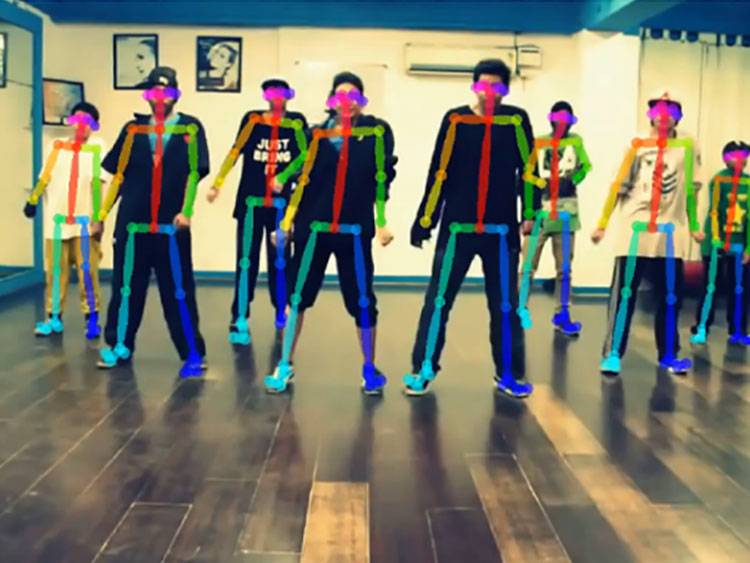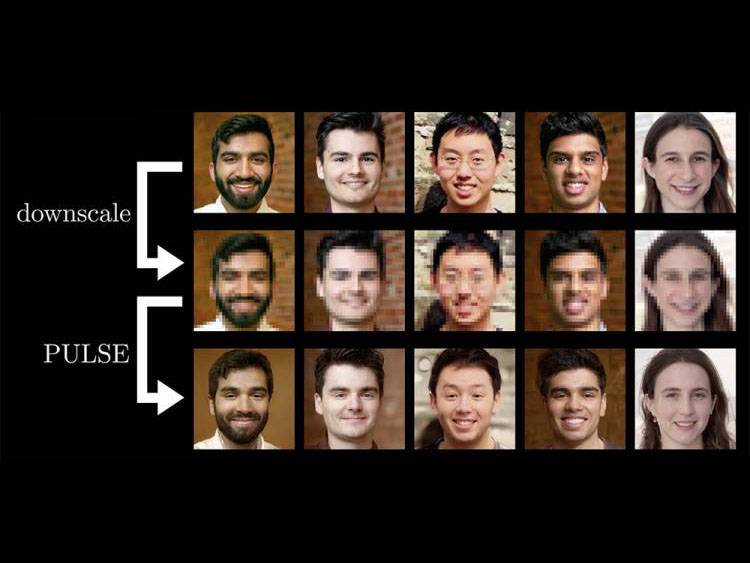
Artificial Intelligence research at Duke covers everything from health to enhancing photos to machine learning. See what some Duke researchers are doing in the field.
AI for Everyone Was An Academic Gateway

During Winter Breakaway, David Carlson, an assistant professor in Civil and Environmental Engineering taught “AI for Everyone,” which included an introduction to the math and computations underlying machine learning and artificial intelligence.
Duke Students Taught A Computer to Detect Covid-19 In Lung Scans

Duke student brothers worked together in a home office in Tampa to develop a machine learning system to help clinicians spot the telltale ‘ground glass opacities’ in the lung scans of potential Covid patients.
AI And The Democratization Of Healthcare

Because no two brains are alike, machine learning is being used to help neurosurgeons home in on the precise area where the electrode should go to treat Parkinson’s disease with deep brain stimulation.
Accurate Neural Network Computer Vision Without The 'Black Box'

Researchers could better troubleshoot neural networks if they’d only show their work! Well, now a Duke team has developed a mechanism they call ‘concept whitening’ that helps them peer inside the black box while the algorithm is teaching itself new concepts.
This AI Birdwatcher Lets You 'See' Through The Eyes Of A Machine

A deep neural network developed at Duke learned to identify 200 kinds of birds by studying nearly 12,000 images while the researchers watched ‘heat maps’ that showed what features of the photos it was using to learn one warbler from another.
Artificial Intelligence Makes Blurry Faces Look More Than 60 Times Sharper

Duke AI researchers used a machine learning tool called a ‘generative adversarial network’ to enable an algorithm to make educated guesses about what the face in a blurry photograph looks like in focus. But, be advised, it isn’t a tool to help facial recognition software.
Duke Launches Graduate Certificate in AI for Product Innovation

In May 2020, the Pratt School of Engineering introduced a 15-month online learning program for working professionals that taps into our world-class machine learning research and teaching.
Duke, As Seen Through Fauvism and Machine Learning

Electrical and computer engineering alumna Shixing Cao has been applying the painting styles of the masters to photos of Duke scenery, using a machine-learning approach.